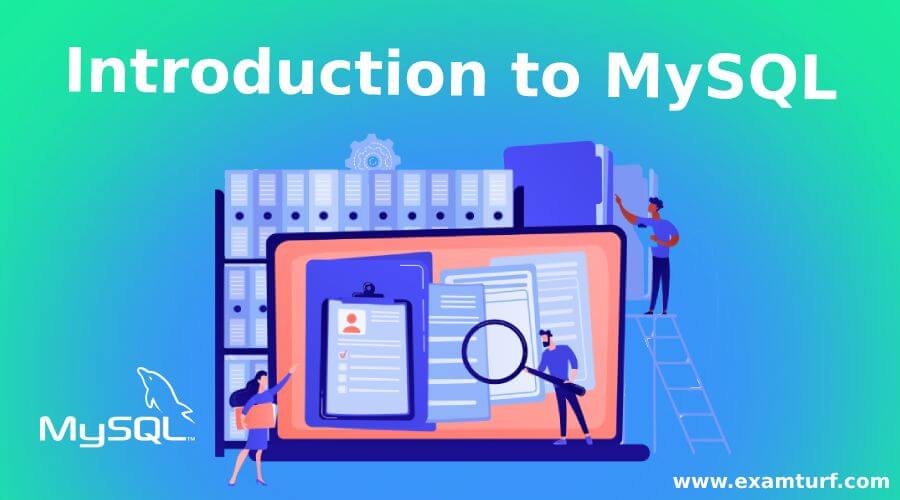
Introduction to MySQL
It was a Swedish company that created MySQL AB and was founded by Allan Larsson, David Axmark, and Michael “Monty” Widenius. But, the actual development of MySQL started in 1994 by Widenius and Axmark. On 23 May 1995 first version of MySQL came into the Market. Initially, it was created for the personal use of MySQL, but later they developed a new SQL interface by keeping the same API, and many developers were able to use MySQL. Sun Microsystems took over MySQL AB in 2008. On 27 January 2010, Sun Microsystems was acquired by Oracle. In 2019, the DB-Engines ranking declared MySQL as the DBMS of the year. Below we discuss the Introduction to MySQL. Before you understand the concept of MySQL, you need to understand the database.
Understanding of Databases:
A database collects information and data electronically stored in a computer system. Users can easily access and manage the database. You can organize the data in various ways, like tables, columns, rows, and indexes. It also allows us to perform database operations like creating, accessing, managing, and searching the data.
Table of contents
What is MySQL Database?
#1. MySQL is server software and an open-source relational database management system (RDBMS). MySQL is considered one of the best RDMS used for developing web-based software and allows you to retrieve, modify, and store data in relational format.
#2. According to GNU General Public License, MySQL is free and open-source software under different proprietary licenses. Users can directly interact with MySQL with the help of SQL, as MySQL has stand-alone clients.
#3. MySQL works on various system platforms, for example, BSDi, AIX, FreeBSD, macOS, HP-UX, i5/OS, eComStation, IRIX, ArcaOS, Linux, and Microsoft Windows.
#4. MySQL is based on client/server architecture, meaning that application programs communicate with the database server (MySQL). Anyone can save changes, query data, and many more. MySQL server is scalable because it supports multi-threading. MySQL can handle any amount of data and is considered one of the fastest database languages.
#5. MySQL server supports many different libraries, client programs, backend, APIs (application programming interfaces), and administrative tools.
#6. MySQL creates a database and then defines the relationship of each table. When clients make requests by typing SQL statements on MySQL, the server application will respond according to the request made by a client.
#7. Having a MySQL server and data files is essential if anyone is working on a local machine. If you have a remote database, then it is not necessary to install these features.
Features of MySQL
Below are the Various Features of MySQL:
- MySQL is a user- friendly and easy to use. You require only a little knowledge of MySQL to use. You can build and interact with MySQL by using only simple SQL statements.
- MySQL has a very high data security layer that helps to protect data from hackers, and passwords are encrypted.
- MySQL based is based on client/server architecture, meaning that application programs communicate with the database server (MySQL). Anyone can save changes, query data, and many more.
- You can easily download it from the official website without spending a single penny from your pocket.
- MySQL is scalable because it supports multi-threading. One of the quickest database languages, MySQL, can manage any volume of data.
Who uses MySQL Database?
- Approximately 4909 companies, including Uber, Airbnb, and Netflix, use MySQL databases in their tech stacks.
- MySQL is a database that developers use to build websites.
- MySQL is many used for personal as well as business projects.
Conclusion
If you are considering learning databases or want to develop websites, MySQL is one of the best options. It has essential elements of the LAMP stack.
Recommended Articles
This is a guide on Introduction to MySQL. Here we discuss Introduction, What MySQL is Database, Who uses MySQL Database, and its Various Features. You can also go through our other suggested articles to learn more –
Are you preparing for the entrance exam ?
Join our Data Science test series to get more practice in your preparation
View More